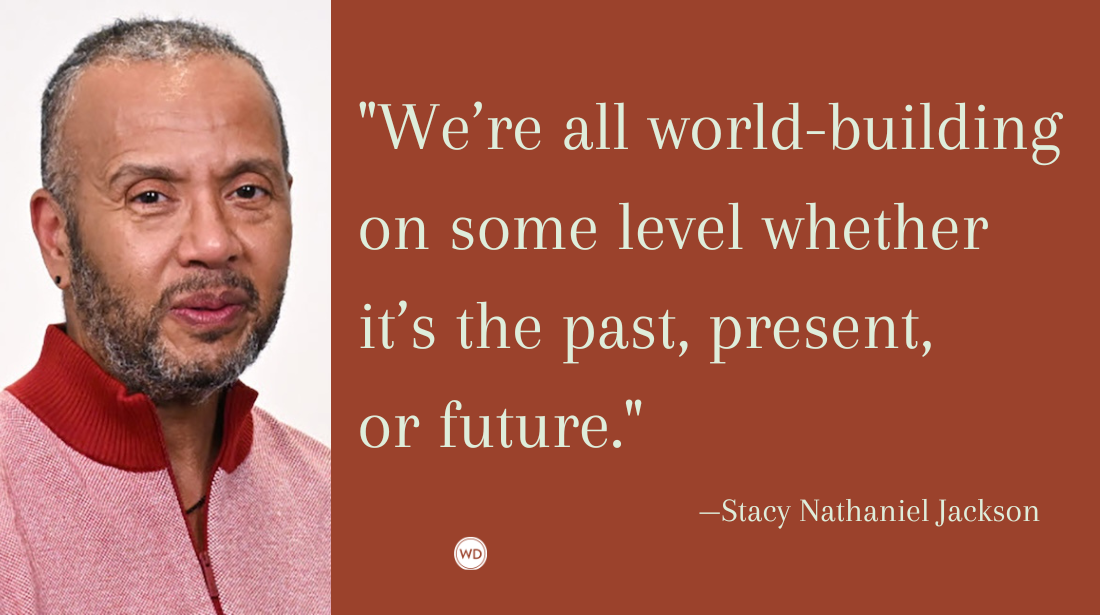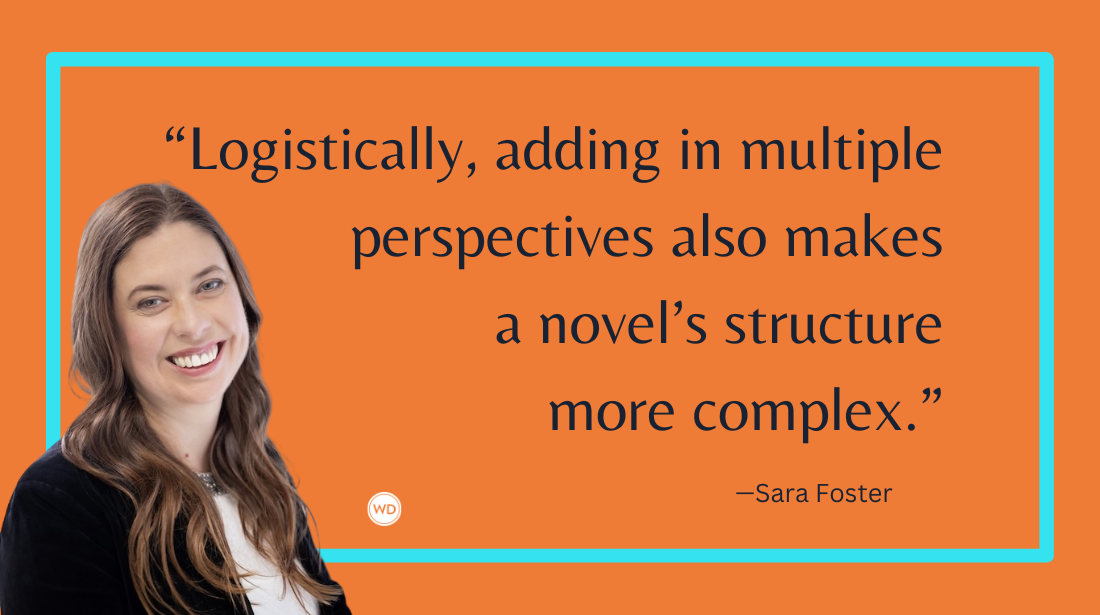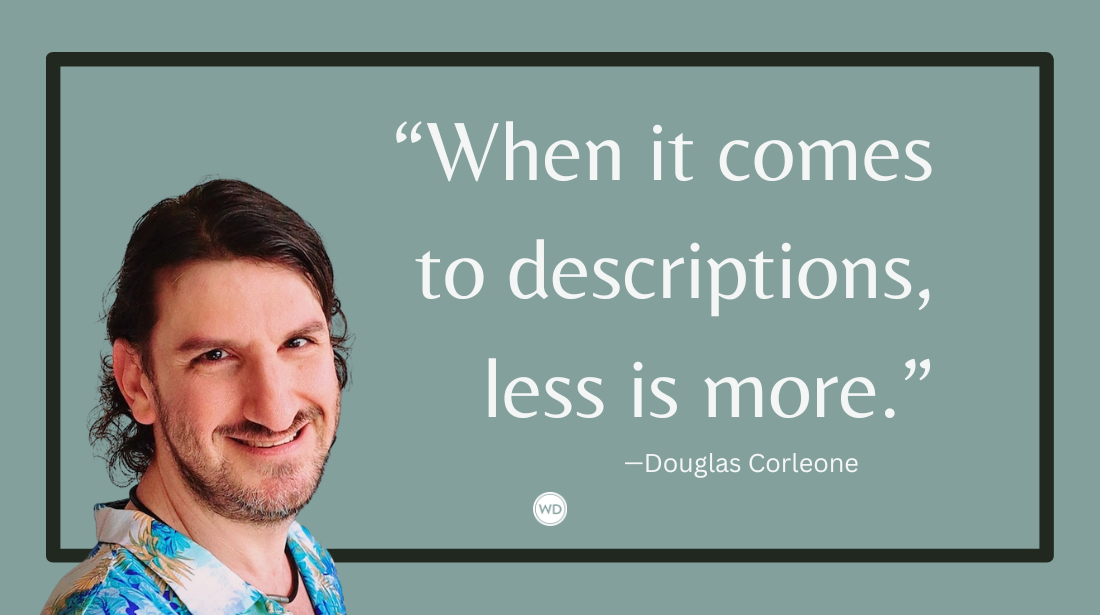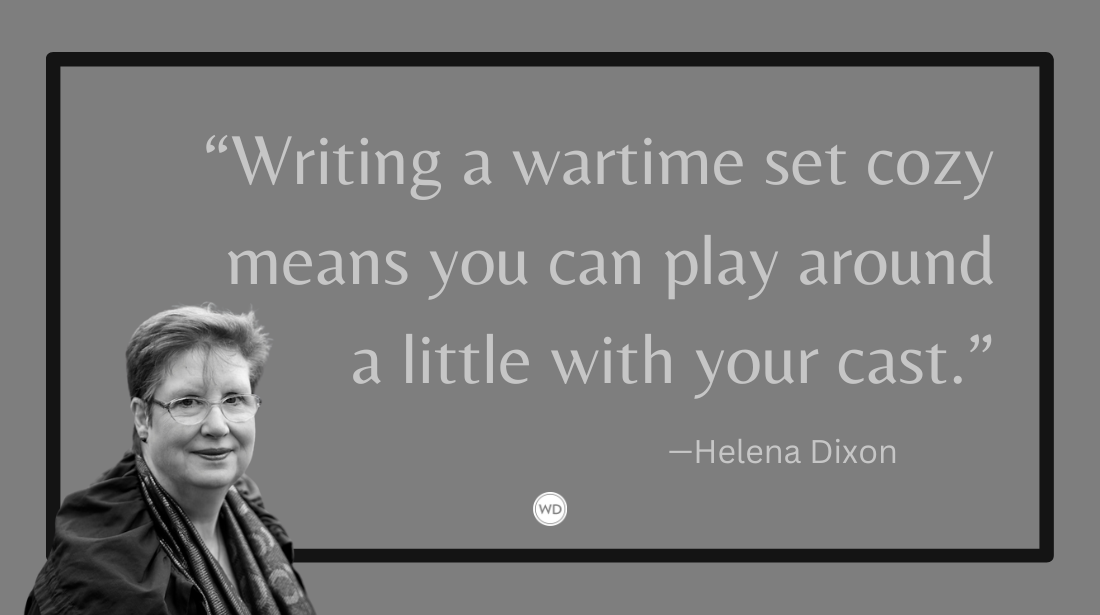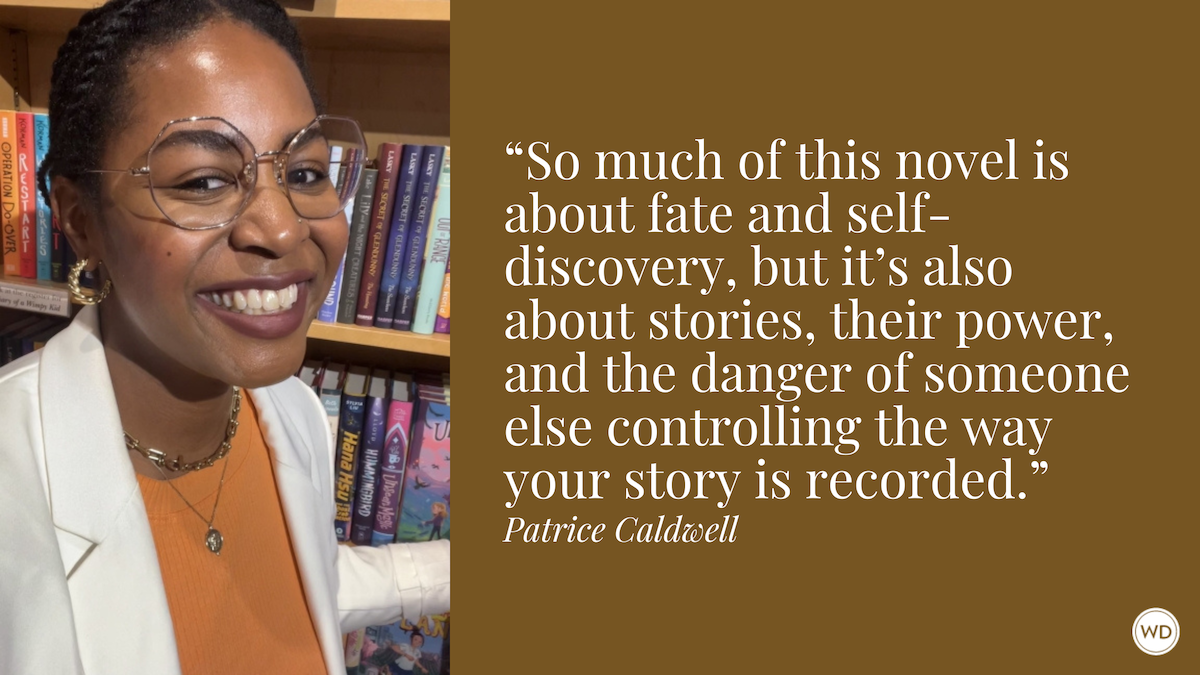Developing Your Writing Skills: Point of View
Point of view is among the least understood craft challenges but, along with the related question of narrative distance, it is perhaps the most powerful in effecting readers’ emotions. Here are tips on writing POV.
Point of view is among the least understood craft challenges but, along with the related question of narrative distance, it is perhaps the most powerful in effecting readers’ emotions.
This guest post is by Céline Keating, a writer living in New York. Her debut novel, Layla, was published in 2013 and her latest novel Play For Me is available April 2015. Her short fiction has been published in many literary magazines, including Appearances, Echoes, Emry’s Journal, The North Stone Review, Prairie Schooner, and the Santa Clara Review. Céline is an avid student of classical guitar and a regular contributor to Acoustic Guitar and Minor 7th magazines. Her articles have also appeared in Coastal Living, Guitar World, and Poets & Writers magazines. Connect with Céline: celinekeating.com,facebook.com/CelineKeatingAuthor, and twitter.com/celinekeating.
The Norms
Point of view is usually categorized as first-person (using the “I”) or third-person (using the “he/she”) depending on from whose vantage point the story is told. Most advice to writers is to stay consistent within the chosen point of view in a given story or novel or risk severing the reader from the fictional world being created. So to play it safe, many writers stick to what comes naturally, a limited first or third person. But many great writers can, and do, play around both with point of view and with narrative distance, to great effect.
Narrative Distance
Think of narrative distance as you would a camera. You can focus close in, capturing the bugs on the petals of a flower, or you can pull way back for a panoramic view. In fiction, whether using first or third person, you have many choices of vantage point. You can focus on one character and her every thought and feeling. You can pull back to a middle distance and shift among two or more characters. You speak with authority, in “godlike” omniscience, or you can act like that camera, in “dramatic” point of view, and show your characters only from the outside. You can even combine these approaches within the same story or novel. Here are a few examples of different narrative strategies:
Close-in, first-person point of view (Aria, by Susan Segal):
“I only got weak when Charlie and Jessie were gone. I didn’t recognize it as weakness right away because I told myself I was waiting for them …. I didn’t know my own weakness until the middle of the next day when the sea had gone silent and gentle, after I righted the dinghy for the last time and climbed into it from the warming waters, when the sun seared my back as I lay like drying clothes across the bottom of the dinghy…. My fingers had refused to do what they should have done by instinct as soon as Charlie and Jess were gone. Red and split, cramped into claws, they had absolutely refused to let go.”
This paragraph brings us so intimately into the character’s experience that we can feel the water, the sun, and the intense loss as if it were our own. It demonstrates the immediacy that can be achieved with first person point of view and perfectly suits this novel about an extreme moment in the character’s life and her personal growth.
Middle distance, limited third-person point of view (Mohawk, by Richard Russo)
When Harry throws back the bolt from inside and lets the heavy door swing outward, Wild Bill is waiting in the dark gray half-light of dawn. There is no way of telling how long he has been pacing, listening for the thunk of the bolt, but he looks squitchier than usual today. Driving his hands deeper into his pockets, Wild Bill waits while Harry inspects him curiously and wonders if Bill’s been in some kind of trouble during the night. Probably not, Harry finally decides. Bill looks disheveled, as always, his black pants creaseless, alive with light-colored alley dust, the tail of his threadbare, green-plaid, button-down shirt hanging out, but there’s nothing unusually wrong with his appearance. Harry is glad, because he’s late opening this morning and doesn’t have time to clean Wild Bill up.
Although we are shown two characters, we only know what Harry is thinking and feeling; we aren’t given entrée into Wild Bill’s mind. In choosing this approach, the author gives us a stronger visual sense of Wild Bill than if we were in his head. Our curiosity is aroused, because we can only guess, through his actions and words, at what Wild Bill is feeling. This results in a very dynamic, engaging scene.
Omniscient, third-person point of view (Meg Wolitzer, The Ten-Year Nap)
All around the country, the women were waking up. Their alarm clocks bleated one by one, making soothing sounds or grating sounds or a favorite song. There were hums and beeps and a random burst of radio. There were wind chimes and roaring surf and the electronic approximation of bird song and other gentle animal noises.… Voltage stuttered through the curls of wire, and if you put your ear to one of the complicated clocks in any of the bedrooms, you could hear the burble of industry deep inside its cavity. Something was quietly happening.
In this opening and elsewhere, the author gives us a global overview (although it will segue throughout the novel into the heads of four different women with their respective thoughts and feelings). This approach allows her to talk about what connects the women and about feminism at a given period of time in the U.S. Only by using this all-knowing, assertive voice can she depict the “something was happening” in millions of bedrooms.
Keep in mind that each choice has pluses and minuses. Close-in perspectives can create intimacy but also claustrophobia; distance risks a loss of emotional connectivity as it allows for a focus on big ideas. Figure out what kind of distance works with your story and your aims.
Two exercises to develop your own point-of-view muscles:
- Take a paragraph of a story or novel you’ve written and switch points of view and narrative distance. If you wrote it in first person, try it in third. If in third, try a more omniscient narrative stance. Note what shifts in the story, the different choices you’re forced to make as a result.
- Find a passage in a book you admire and whose style is different than your own. Copy it out, word for word, noting the point of view and the narrative distance. When you finish continue on in the same vein into your own writing.
Other writing/publishing articles & links for you:
- Here are 10 questions you need to ask your characters.
- How to create an effective synopsis for your novel or memoir.
- Chapter 1 cliches and overused beginnings -- see them all here.
- Here are 7 reasons writing a novel makes you awesome.
- New Agent Alerts: Click here to find agents who are currently seeking writers.
- Download a year's worth of writing prompts right here.
Also check out this popular Writers Digest online tutorial:
8 Things First-Time Novelists Need to Avoid. Here's a sneak peek.
Like what you see? Purchase this video or subscribe to our library
of more than 200 instructional writing videos.
Thanks for visiting The Writer's Dig blog. For more great writing advice, click here.
Brian A. Klems is the editor of this blog, online editor of Writer's Digest and author of the popular gift bookOh Boy, You're Having a Girl: A Dad's Survival Guide to Raising Daughters.
Follow Brian on Twitter: @BrianKlems
Sign up for Brian's free Writer's Digest eNewsletter: WD Newsletter

